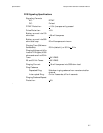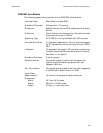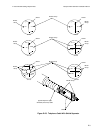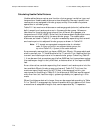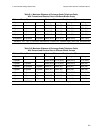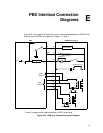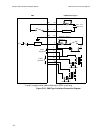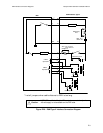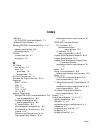
T1 Voice Module Cabling RequirementsPassport 4400 Hardware Installation Manual
D-4
Calculating Usable Cable Distance
Usable cable distance varies as a function of wire gauge, insulation type, and
temperature. Usable cable distance is also affected by the way transmit and
receive pairs are assigned to binder groups, and by the number of systems
operations in a binder group.
Table D-1 lists maximum distances on exchange-grade (exterior) cables when
both transmit and receive pairs are in the same binder group. Values are
tabulated for three binder-group sizes of four different wire gauges, at a
temperature of 140#F (60#C). Note that the distance deteriorates when more
systems are connected within the same binder group. The usable cable
distances, as listed in Table D-1, may be increased by separating the transmit
and receive pairs into adjacent binder groups, as shown in Table D-2
Note:
If T1 signals are segregated to separate sides of a shielded
cable, or if they only exist in non-adjacent binder groups, the
top row of Table D-2 (1 System) is the usable distance.
As an example, assume that you have a 5200-foot, 50-pair, 24-gauge cable and
wish to connect your T1 Voice Module to the T1 service. First, assume that the
transmit and receive pairs are in the same binder group. Consulting Table D-
1, it can be seen that one system would allow 5450 feet, but two systems reduce
the usable span length to only 4940 feet, a distance short of the required 5200
feet.
As an alternative, consider separating the transmit and receive pairs into the
two available 25-pair binder groups, and consult Table D-2 This time, the
maximum span length went up to 5710 feet, a distance well within your
requirements. According to Table D-2, the distance of 5200 feet would support
more than four, but less than eight, systems (probably six) operating in this
mode.
When the distance desired is longer than can be supported according to Table
D-1 or Table D-2, as appropriate, review the cable routing to determine if there
are sections of acceptable lengths that can be separated by T1 repeaters.




